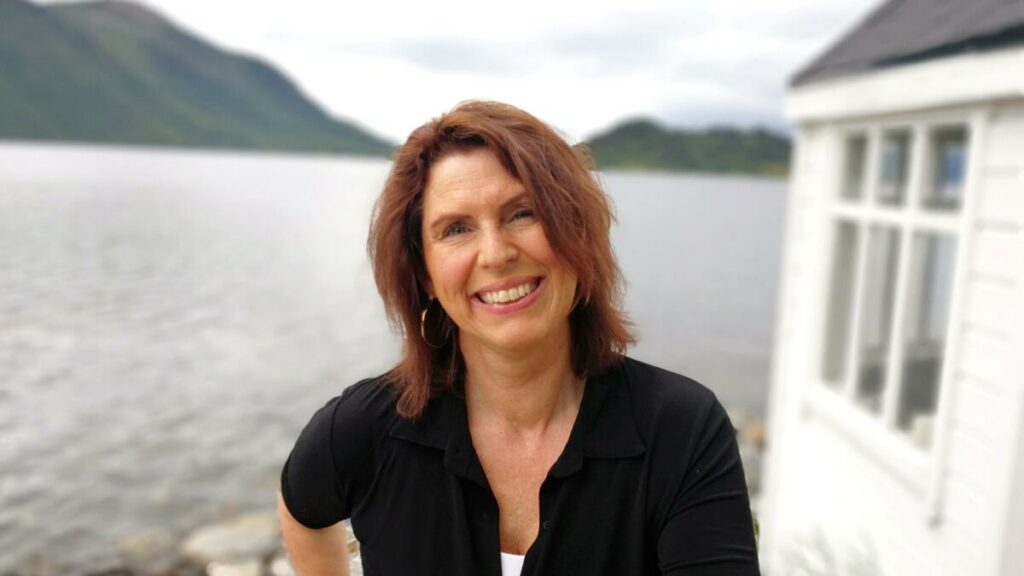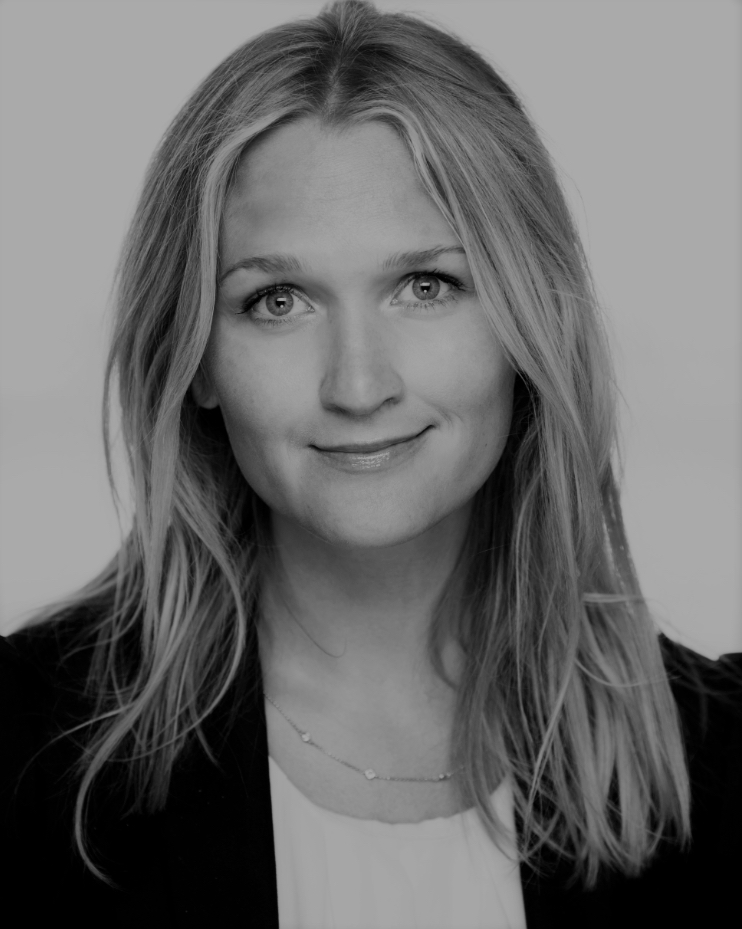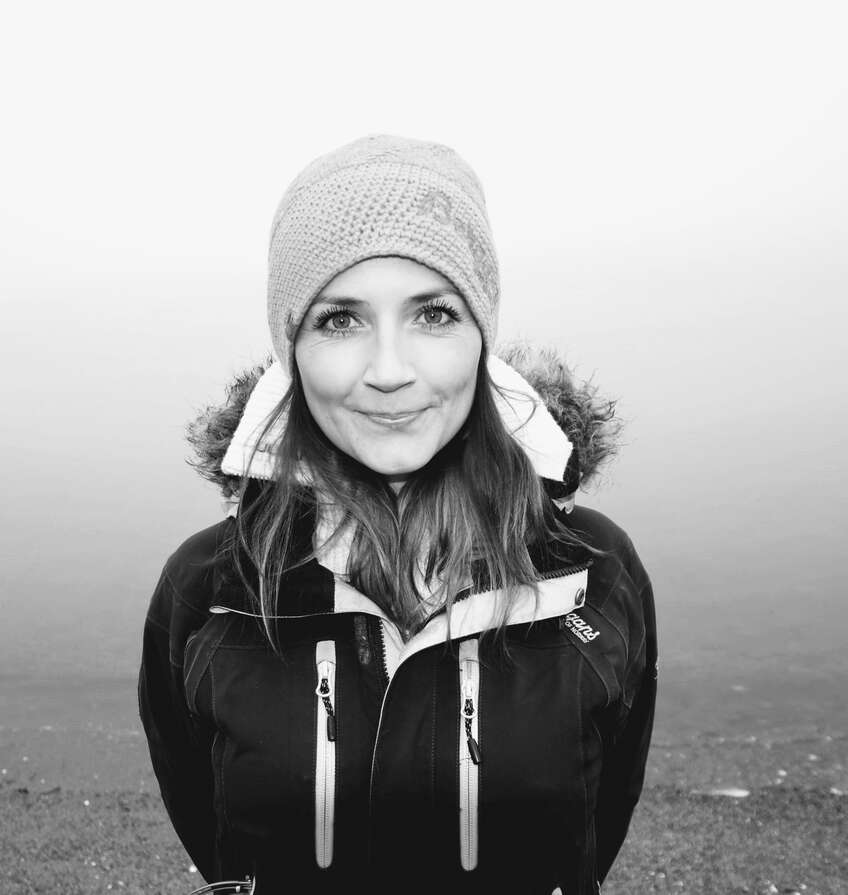Heated argument

An intense debate is currently underway in Norway over the practice of using warm water to remove salmon lice.
Pitching environmentalists on one side and the industry on the other, it is an argument that could eventually impact on all northern hemisphere aquaculture businesses.
In recent years, hot water treatment – sometimes described as thermal cleansing – has overtaken chemical and mechanical methods as the most common method of de-licing fish. It is a practice which has received partial veterinary approval.
New studies, however, have suggested that using water above 28oC can cause salmon to show pain-related behaviour. Currently, salmon are exposed to temperatures between 29oC and 34oC for around 30 seconds.
The salmon louse is a tiny parasitic crustacean – not so far distant from crabs or lobsters – that feeds on mucus, skin and tissue fluids on salmonids in the sea. Lice are also found on other fish.
Although naturally occurring in salmonids, they have increased hugely due to intensive farming methods, with fish concentrated in small areas and in larger numbers creating an opportunity for the parasite population to grow.
The claims around “thermal treatments” have led to investigations (and accusations) on the part of a number of groups.

Toine Sannes
Toine Sannes, a leading Norwegian Green Party environmentalist, claimed recently that the practice led to salmon being scalded at times.
This led to a sharp response from Seafood Norway, the employers’ organisation which represents both aquaculture and sea fishing companies. Writing in the journal and website Kyst og Fjord (Coast and Fjord), Karoline Skaar Amthor, Seafood Norway’s head of environment and health and the organisation’s communications director Kristin Langeland, both firmly rejected the allegations.
They said: “All available research shows that this is wrong. Nowhere has it been shown that an exposure of fish for 30 seconds with water up to 34oC causes scalding and burns.
“What we see is an escape response in the fish as a result of the warm water. It must be handled so that the fish does not injure itself during the short exposure time. Risk reduction thus lies largely in planning, technical design and practical implementation.”
They further added: “All handling of fish is to the detriment of the fish. It is an independent goal to safeguard fish welfare throughout the production cycle. We use a number of welfare parameters to assess whether the handling is acceptable in relation to the purpose or not.”
Many industry experts with long experience in this area argue that it is mainly conditions other than water temperatures which cause fish welfare problems.
Figures from the Norwegian Veterinary Institute show that the number of incidents of high mortality after thermal treatment has been declining.
Norwegian Seafood’s Amthor and Langeland maintain: “Mortality has not increased even though volumes have increased, on the contrary. We are gaining better knowledge about how to detect, diagnose and deal with disease-causing organisms more quickly through drawing lessons from one area of knowledge to the next. This has made Norway one of the world’s foremost and most successful seafood producers.”
“There has also been progress in terms of welfare and it will continue. Constructive criticism is a good thing, but characteristics such as ‘scalding of live fish’ do not contribute to anything positive.”
However, the Norwegian Food Safety Authority has recently intervened, recommending caution on all sides. It said the use of non-drug treatments is one of the main factors in poor farmed fish welfare for Norway, adding that it and the industry both agree that things have to improve.
The Authority points out that certain current methods for treating lice can be very stressful, adding that more than 20 million fish died before slaughter last year. While the reasons were complex, non-drug treatments were among the main causes.
It states: “The Norwegian Food Safety Authority will follow up on the consequences of lice treatment for fish.
“This means that it will be possible to use thermal treatment against salmon lice if the effect is good and the treatment is carried out in a responsible manner. The industry must continue its work both to improve the method to ensure sound fish welfare, and to map whether this method has the necessary effect on salmon lice.”
The statement goes on: “Prevention is always more important than treatment. Good operation reduces the welfare challenges for the fish and reduces the need for lice treatment, including thermal de-lice.
The authority’s CEO Ingunn Midttun Godal said: “We see that some players succeed quite well with this [method] today. We expect the entire industry to operate to the same high standard. This means more emphasis on prevention against lice infestation, so that the need for treatment is reduced.”
The debate has also been welcomed by the company Flatsetsund Engineering (FLS) which specialises in developing treatments that offer high fish welfare.
Writing on the industry website ilaks.no and posted on the company’s own website, the CEO Lars Georg Backer, challenged the authorities to set better standards on documentation – “for the sake of the fish”.
He said many fish farmers wanted to use methods that provided improved welfare but it was difficult to compare methods and that is why FLS thought it “high time” to put in place documentation requirements that provide knowledge about how the fish are doing both during and after the operations.”
FoMAS, an independent health service that offers veterinary services to the aquaculture sector, has been carrying out its own studies. These indicate that at low sea temperatures it is possible to obtain the right results with water at 28oC when combined with rinsing. However, at high sea temperatures water at 29oC was required. FoMAS says the trials will continue this year.
And so too will this passionate debate.
- Kristin Langeland
- Karoline Skaar Amthor



